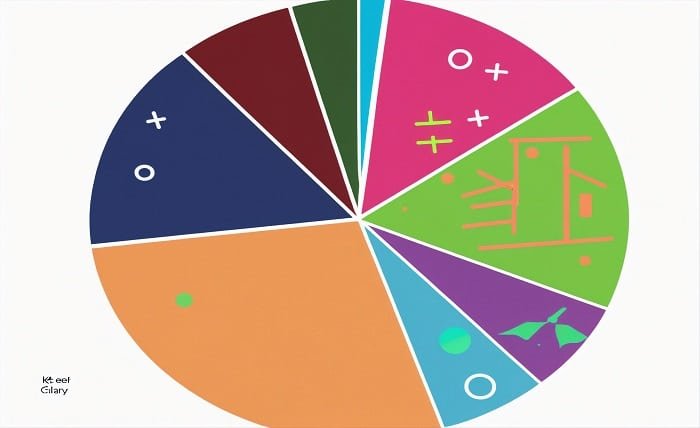
Introduction
In the realm of mathematics, certain numbers hold a special allure, captivating minds with their unique properties. One such number is 42, which beckons exploration into its factors in pairs. Join us on a journey through the mathematical landscape as we uncover the secrets hidden within the factors of 42.
Factors
Before delving into the pairs of factors of 42, it’s essential to grasp the concept of factors themselves. Factors are the numbers that divide a given number without leaving a remainder. For 42, the factors include 1, 2, 3, 6, 7, 14, 21, and 42.
Prime Factorization of 42
Prime factorization is the process of breaking down a composite number into its prime factors. By decomposing 42, we discover that it is the product of the prime numbers 2, 3, and 7. Thus, 42 = 2 × 3 × 7.
Pairing Factors
Pairing factors involves identifying combinations of factors that multiply together to yield the original number—in this case, 42. These pairs form the building blocks of the number’s factorization.
Symmetry in Pairing
One intriguing aspect of pairing factors is the symmetry it exhibits. Each factor has a counterpart that, when multiplied, equals 42. This symmetry highlights the balance inherent in the number’s factors.
Unique Factor Pairs
While some numbers may have multiple pairs of factors, 42 possesses a unique set of factor pairs. Each pair contributes to the diverse array of ways in which 42 can be expressed as the product of two numbers.
Applications in Mathematics
The concept of factors in pairs extends beyond mere numerical curiosity—it finds applications in various mathematical problems and puzzles. From number theory to algebraic equations, understanding factor pairs enriches mathematical reasoning.
Practical Implications
Beyond the realm of pure mathematics, the factors of 42 in pairs have practical implications in real-world scenarios. Whether in the context of problem-solving or optimization, this knowledge proves invaluable.
Educational Significance
Exploring the factors of 42 in pairs offers a valuable learning opportunity for students of mathematics. It fosters critical thinking skills, encourages exploration, and deepens understanding of fundamental mathematical concepts.
Further Exploration
The exploration of factors in pairs is just the beginning of a broader journey into the world of number theory and mathematical inquiry. As we continue to unravel the mysteries of 42 and beyond, new avenues of exploration and discovery await.
Conclusion
The factors of 42 in pairs serve as a microcosm of the beauty and complexity inherent in mathematics. From prime factorization to practical applications, each facet offers insight into the rich tapestry of numerical relationships. By delving into the world of factors, we unlock a deeper understanding of the mathematical universe.
FAQ
1.How many pairs of factors does 42 have?
42 has a total of four pairs of factors: (1, 42), (2, 21), (3, 14), and (6, 7).
2.Can 42 be expressed as the product of three factors?
Yes, 42 can be expressed as the product of three factors: 2 × 3 × 7.
3.Are there any prime factors of 42 other than 2, 3, and 7?
No, 42 is the product of the prime numbers 2, 3, and 7.
4.How are factor pairs useful in mathematics?
Factor pairs are useful in various mathematical problems, including prime factorization, finding common factors, and solving equations.
5.What is the significance of symmetry in pairing factors?
A5. Symmetry in pairing factors reflects the balanced nature of the number’s factorization, showcasing the interplay between its divisors.





